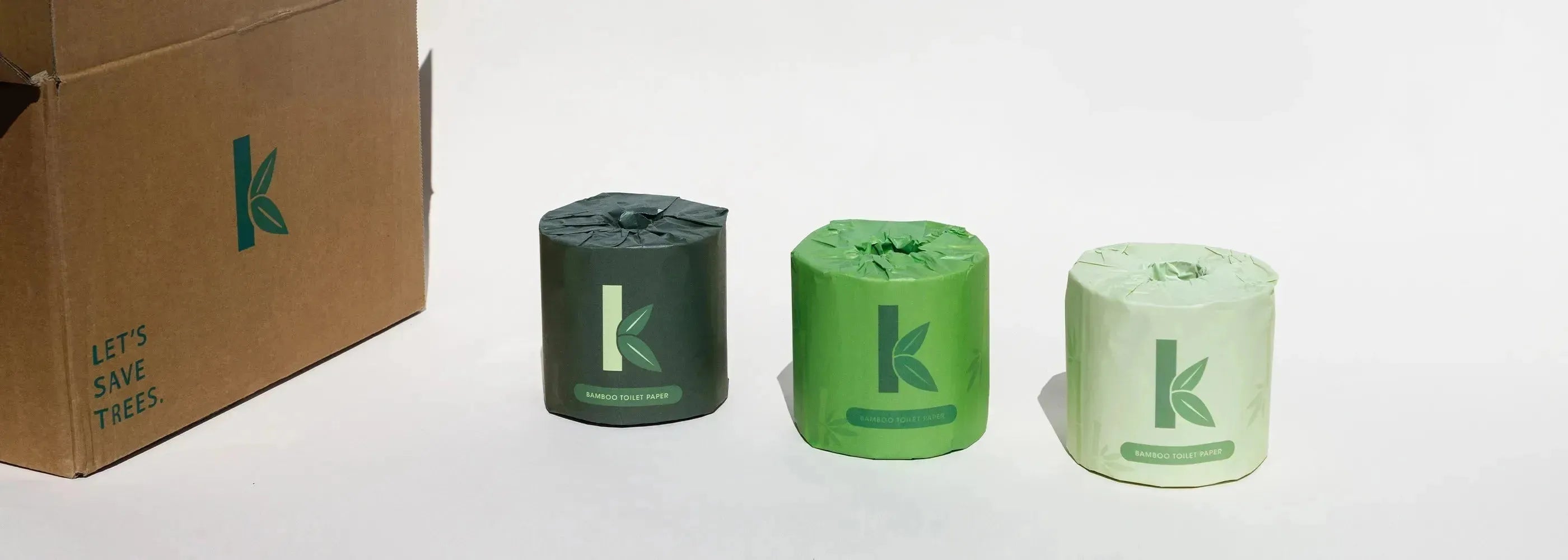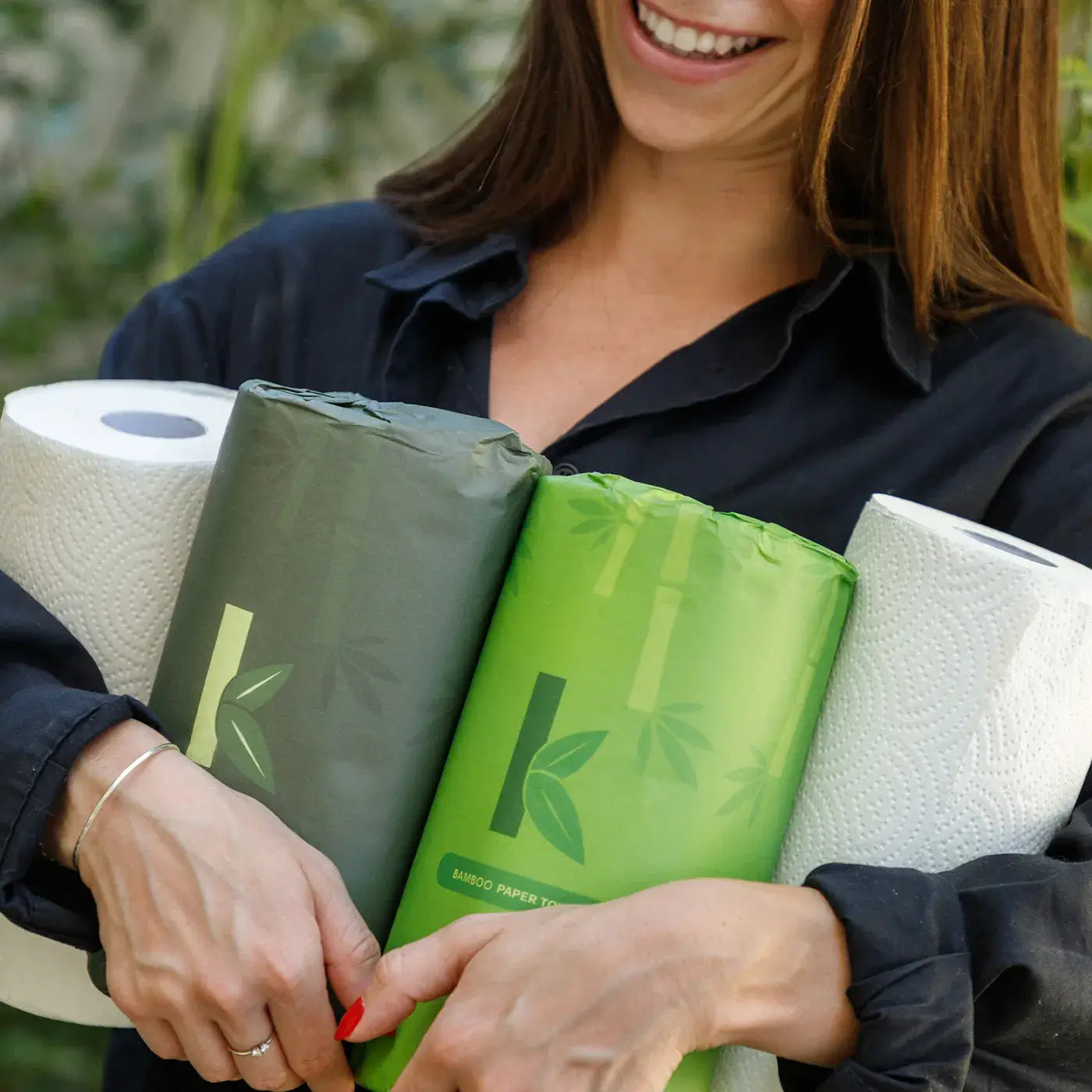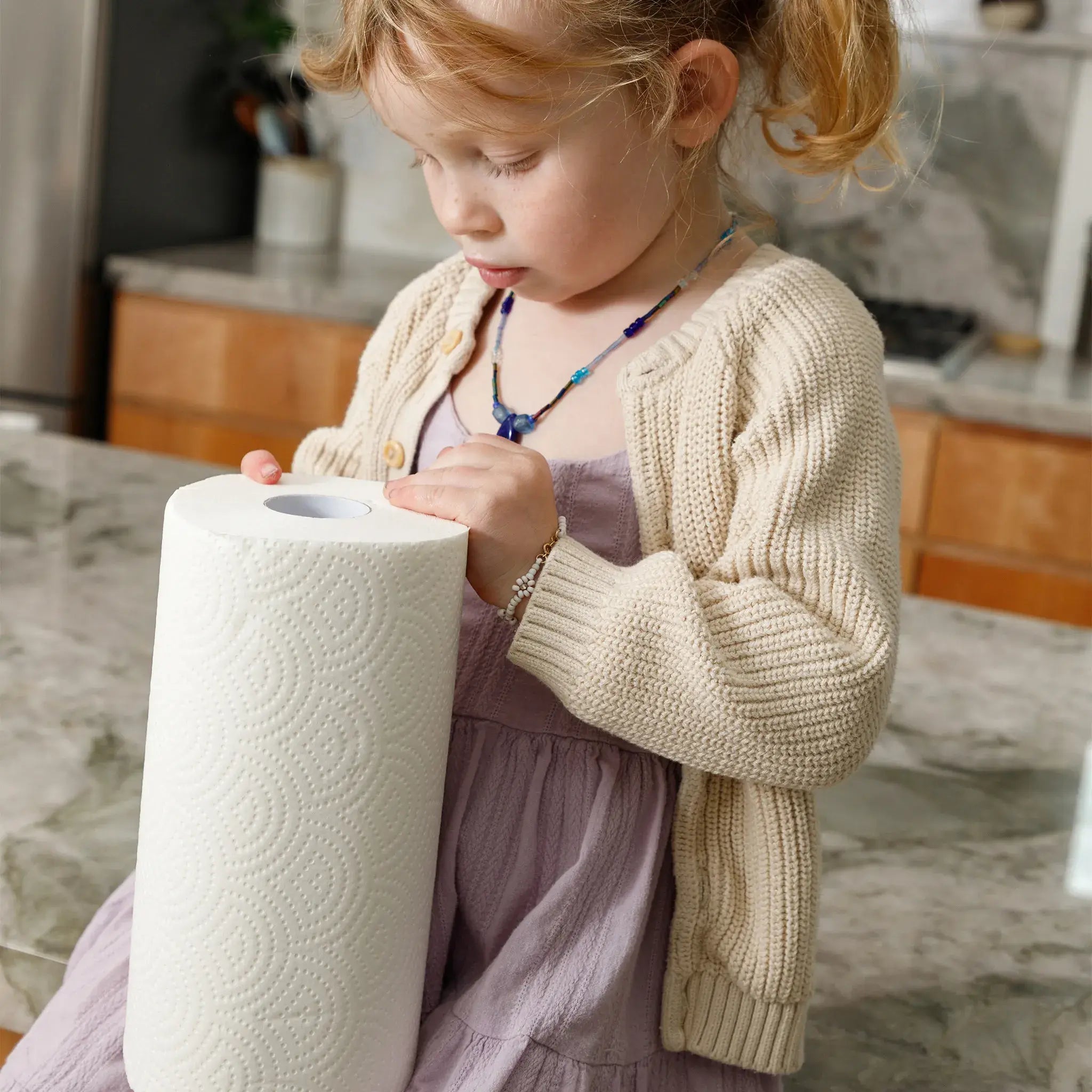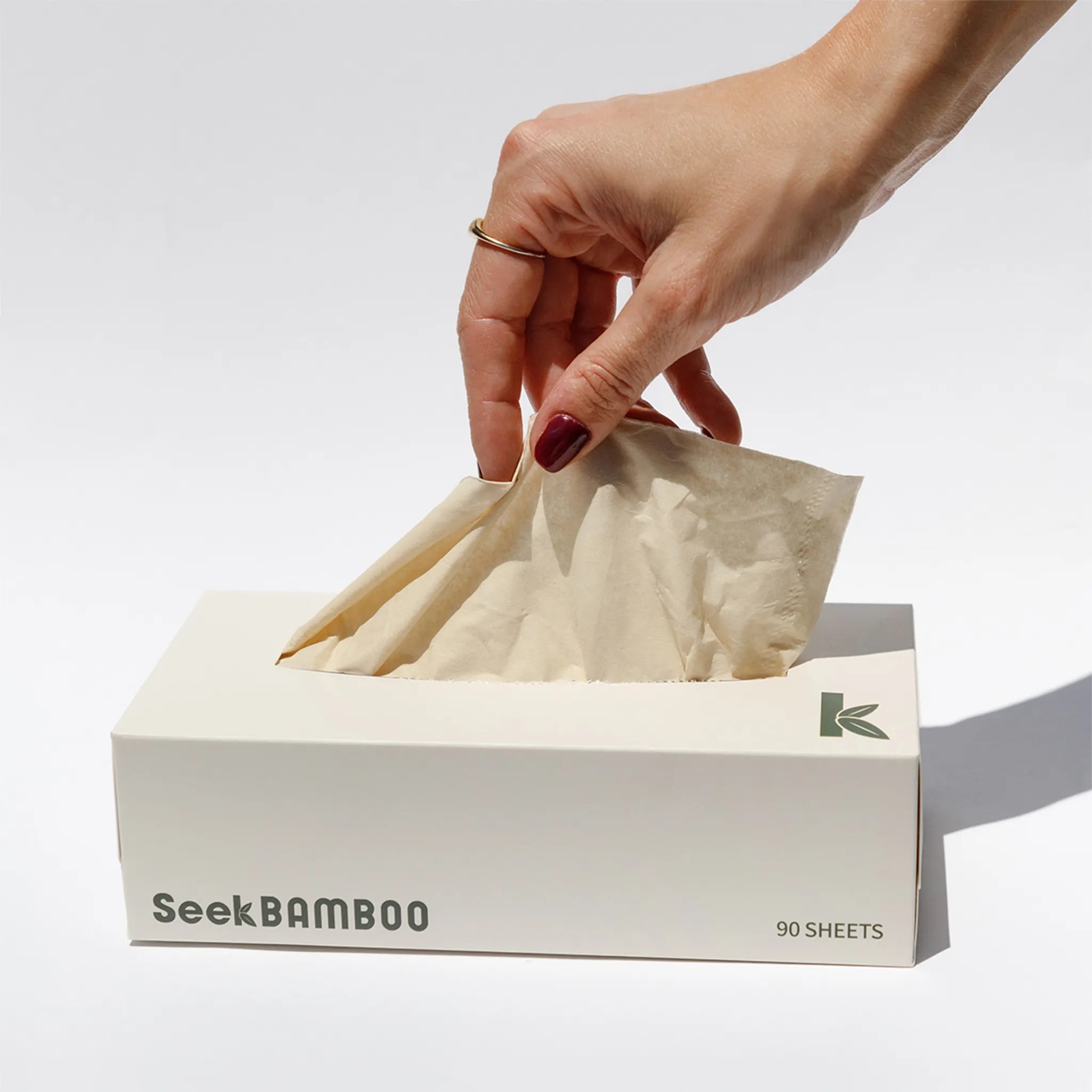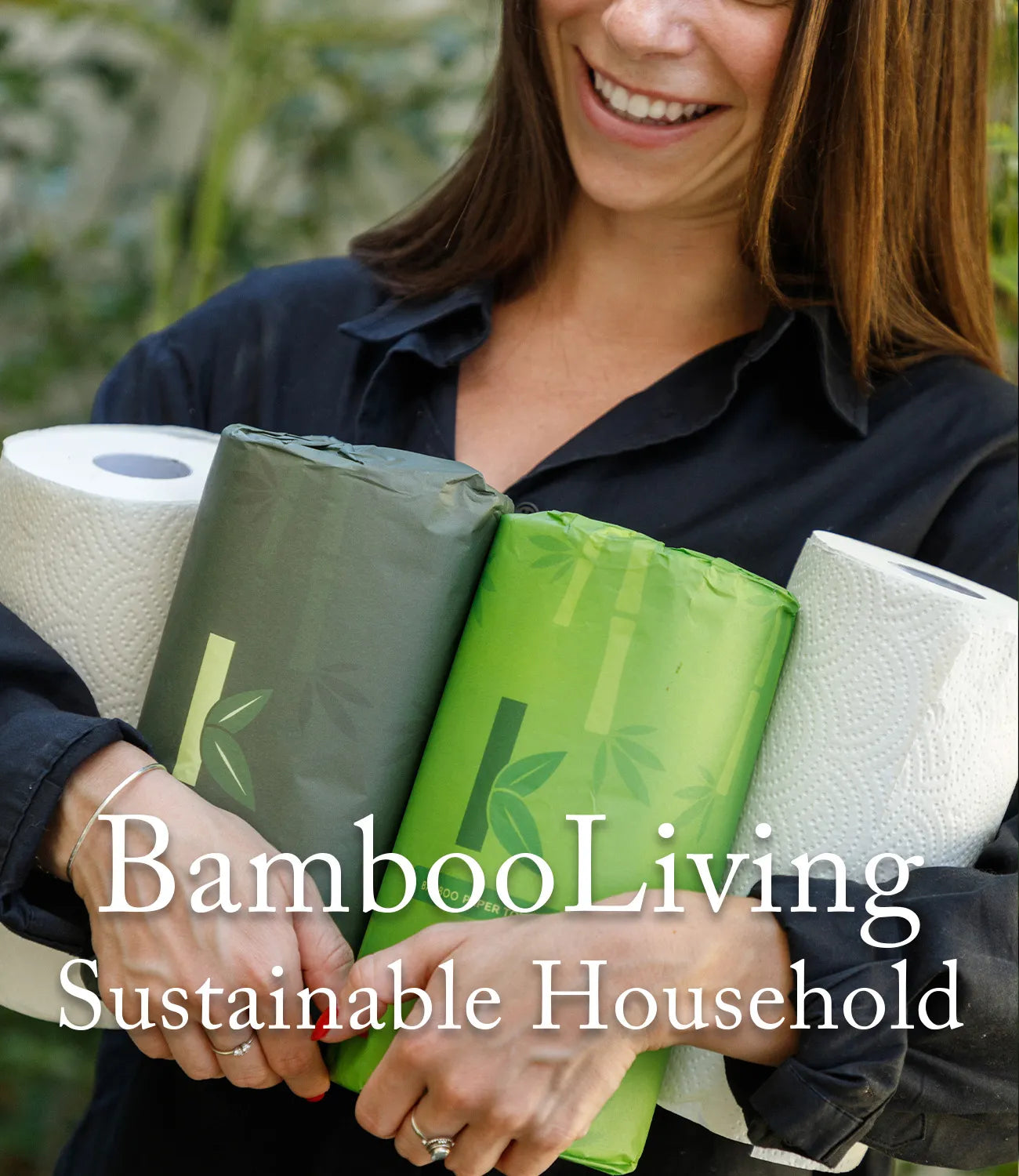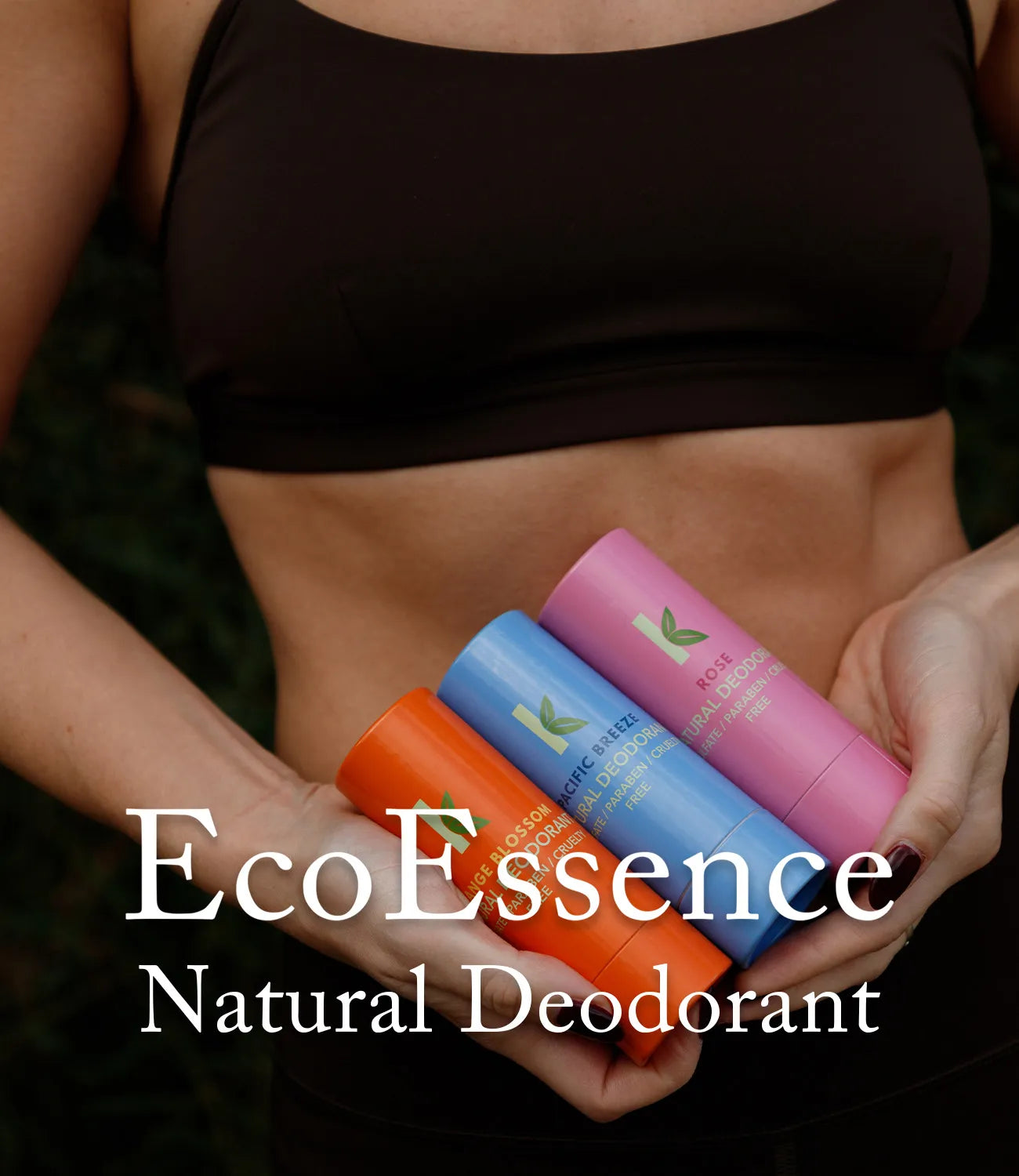When Was Toilet Paper Invented
Personal hygiene has always been a crucial aspect of human civilization, evolving in tandem with our understanding of health and comfort. Long before the invention of toilet paper, people across different cultures and eras developed various methods to maintain cleanliness after using the bathroom. These early hygiene practices were often shaped by the resources available in a given region, leading to a wide range of solutions that might seem surprising by today’s standards.
In ancient times, natural materials such as leaves, grass, stones, and even water were commonly used for cleaning. For instance, the Romans famously employed a sponge on a stick, which was shared communally and cleaned in a basin of saltwater. In other parts of the world, people turned to materials like corn cobs, seashells, or animal fur to get the job done.
As societies advanced, so too did their approaches to hygiene. The concept of using dedicated materials for cleanliness began to take shape, leading to the eventual development of products specifically designed for personal care. However, it wasn’t until relatively recently in human history that toilet paper, as we know it today, made its debut—a product that would revolutionize hygiene practices and become an everyday essential in households around the globe.
This blog will take you on a journey through time, exploring the fascinating origins of toilet paper, its evolution, and how we’ve arrived at the modern, eco-friendly alternatives like bamboo toilet paper that reflect our growing commitment to sustainability. But first, let’s delve into the methods our ancestors used long before the convenience of soft, perforated rolls was ever imagined.
What Did People Use Before Toilet Paper Was Invented
Long before the convenience of modern toilet paper, people relied on a variety of natural materials to maintain personal hygiene. These early alternatives were often dictated by the environment, availability of resources, and cultural practices. As we explore these historical solutions, it’s fascinating to see the ingenuity and adaptability of our ancestors in addressing a universal human need.
Leaves and Plant Materials
One of the most common alternatives to toilet paper throughout history has been the use of leaves. In regions rich with vegetation, leaves offered a readily available and biodegradable option for personal cleaning. Large, broad leaves such as those from the mulberry or fig tree were particularly popular due to their size and softness.
- Palm Leaves: In tropical regions, palm leaves were frequently used for their durability and smooth texture, providing a practical solution in areas where other materials were scarce.
- Corn Husks and Cobs: In rural America, particularly during the 19th century, corn cobs were a common alternative. After the corn was harvested, the cobs were repurposed for personal hygiene, offering a firm yet effective cleaning tool. Corn husks were also used for similar purposes.
Moss and Grass
In forested regions, moss was a widely used material due to its soft, absorbent qualities. Moss could be easily gathered, and its natural moisture made it an effective cleaning option. Similarly, in areas where grass was abundant, people would use handfuls of grass for the same purpose.
Sphagnum Moss: This particular type of moss, often found in boggy areas, was especially valued for its absorbency and softness. It was even used in ancient times as a primitive form of wound dressing, highlighting its versatility.
Rags and Cloth
In more developed societies, particularly in Europe, cloth rags became a common solution for personal hygiene. Unlike disposable materials, rags could be washed and reused, making them a practical and economical choice for many households.
- Rag Use in Medieval Europe: During the Middle Ages, it was common for wealthier individuals to use scraps of fabric or rags for personal cleaning. These rags were typically washed after use and reused multiple times, a practice that continued in some areas until the invention of disposable toilet paper.
- Sponges: The ancient Romans used sponges attached to sticks, known as “tersorium,” which were kept in communal bathrooms and cleaned after use in saltwater or vinegar. While this method might seem unappealing by modern standards, it was a step towards more sophisticated hygiene practices.
Stones, Sand, and Seashells
In regions where plant materials were not readily available, people turned to more unconventional methods. In arid environments, sand or smooth stones were used for cleaning. These materials were often carefully chosen for their texture and effectiveness.
- Ostraca: In ancient Greece, pieces of broken pottery known as ostraca were sometimes used for personal cleaning. These pottery shards, often inscribed with writing, were an early form of personal hygiene that reflected the resourcefulness of the Greeks.
- Seashells: Along coastlines, seashells were occasionally used for personal hygiene. Their smooth surfaces made them a surprisingly effective tool for cleaning.
Water as a Cleaning Method
In many cultures, particularly in Asia and the Middle East, water has long been the preferred method of personal cleaning. The use of water not only ensured cleanliness but also provided a hygienic alternative that reduced the need for disposable materials.
- The Bidet: Originating in France in the 17th century, the bidet became a popular tool for personal hygiene. It offered a water-based cleaning method that has since become common in many parts of Europe and Asia, and is gaining popularity elsewhere as a sustainable alternative to toilet paper.
- Lota: In South Asia, the lota—a small water vessel—has been traditionally used for personal hygiene. The practice of using water has been a longstanding cultural norm in many regions, emphasizing cleanliness and reducing reliance on other materials.
These early alternatives to toilet paper highlight the ingenuity and adaptability of different cultures in addressing the basic need for personal hygiene. While the materials and methods varied widely depending on geography and available resources, the underlying goal was the same: to maintain cleanliness and comfort. As we continue to explore the history of toilet paper, it’s clear that the evolution of this essential item reflects the ongoing human desire for innovation and improvement in our daily lives.
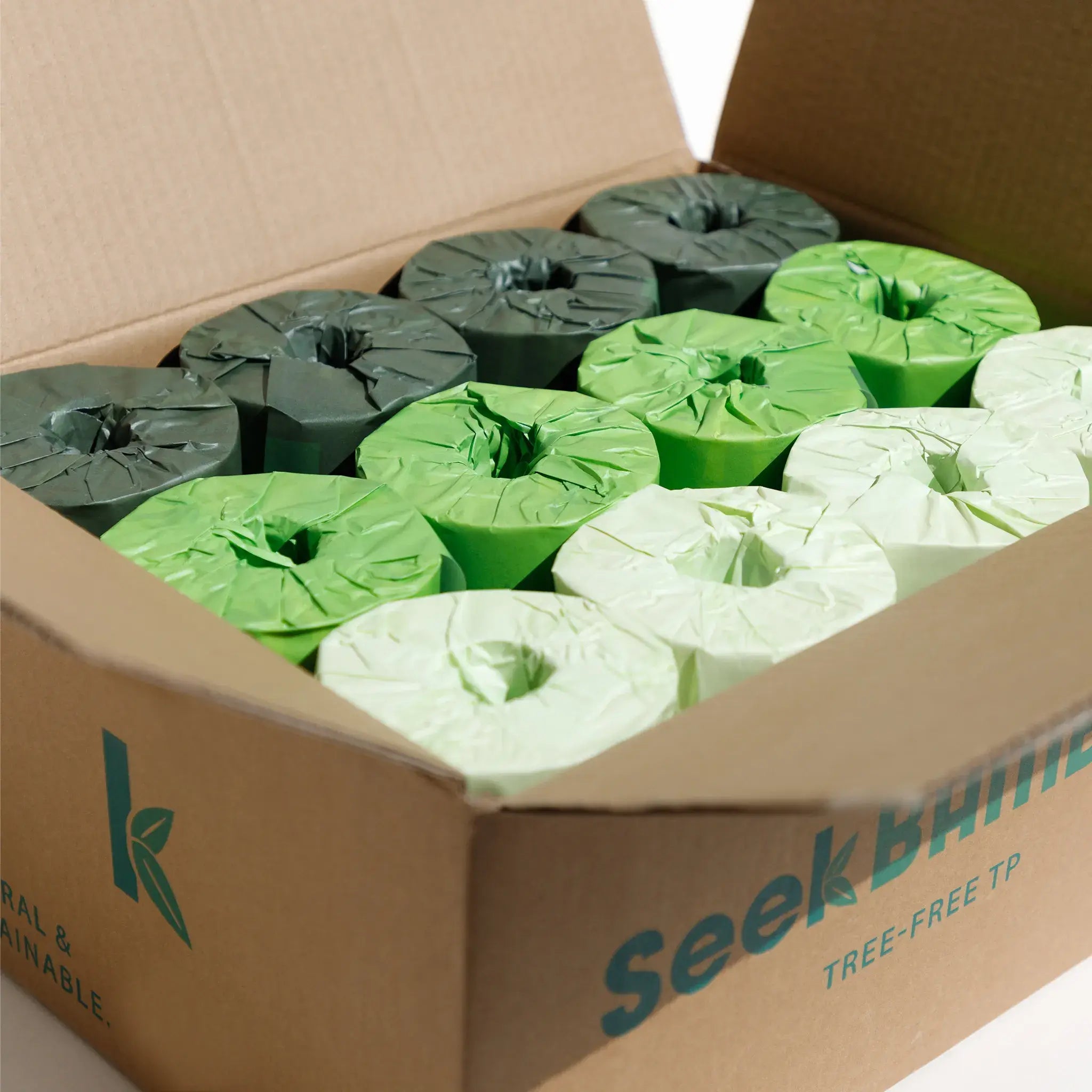
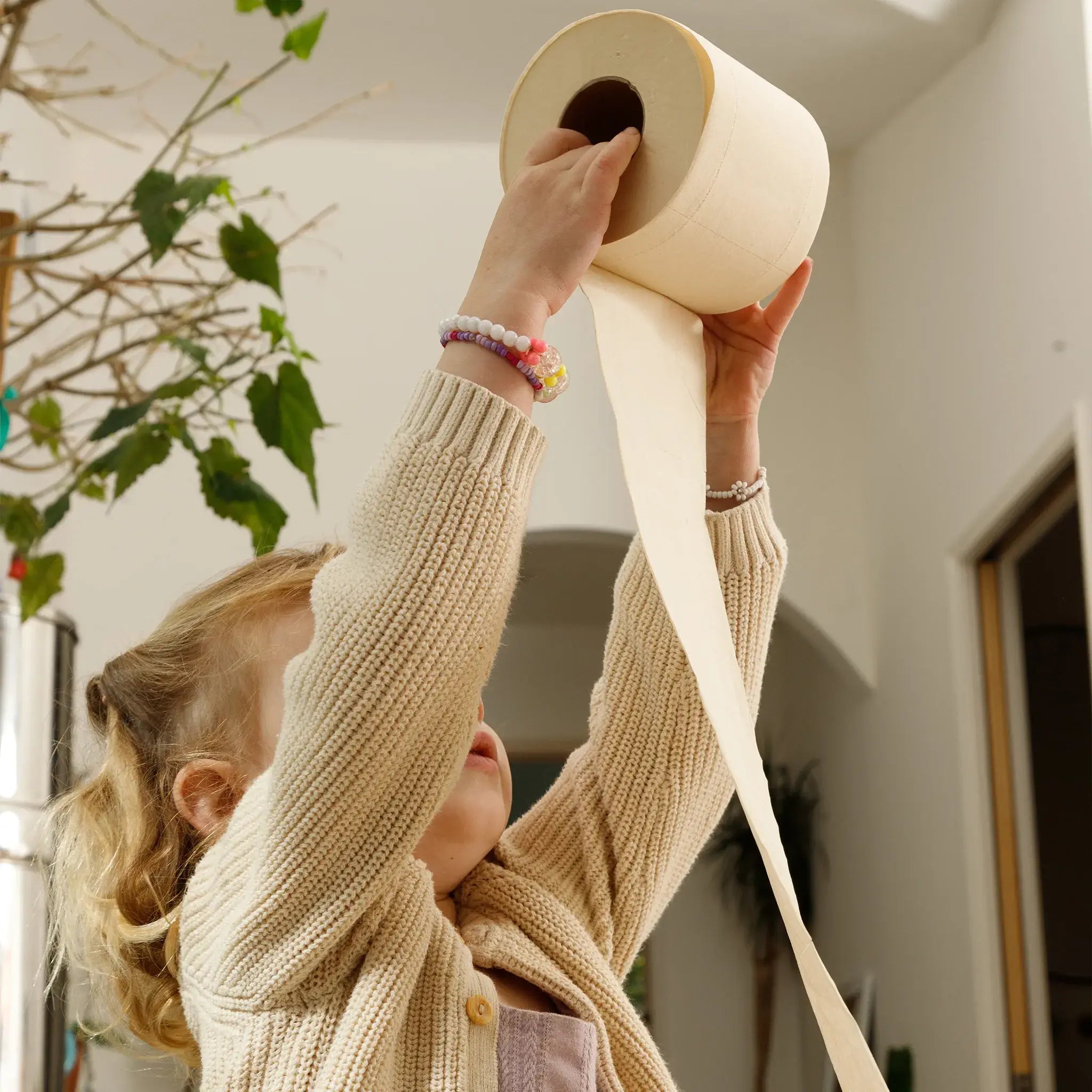
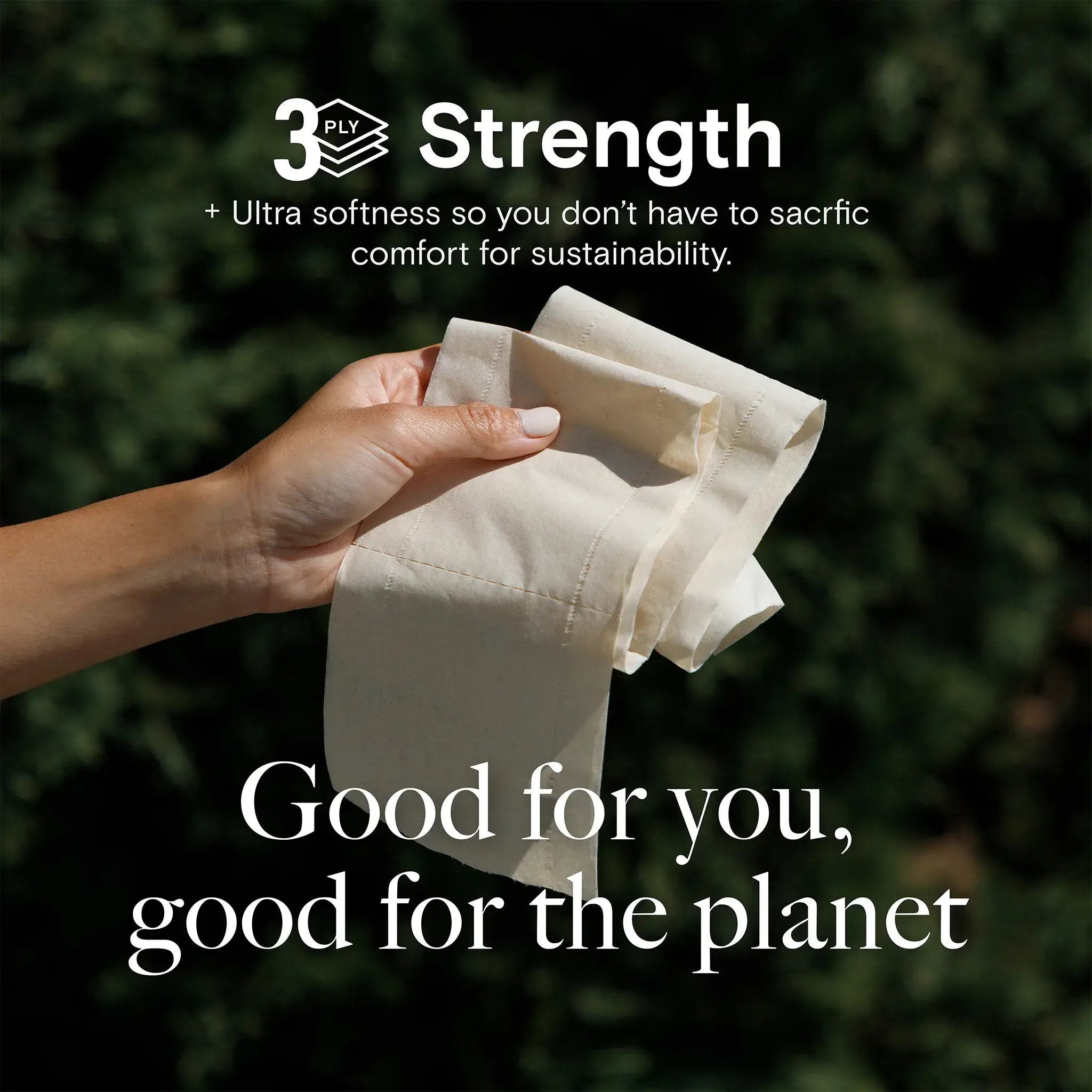
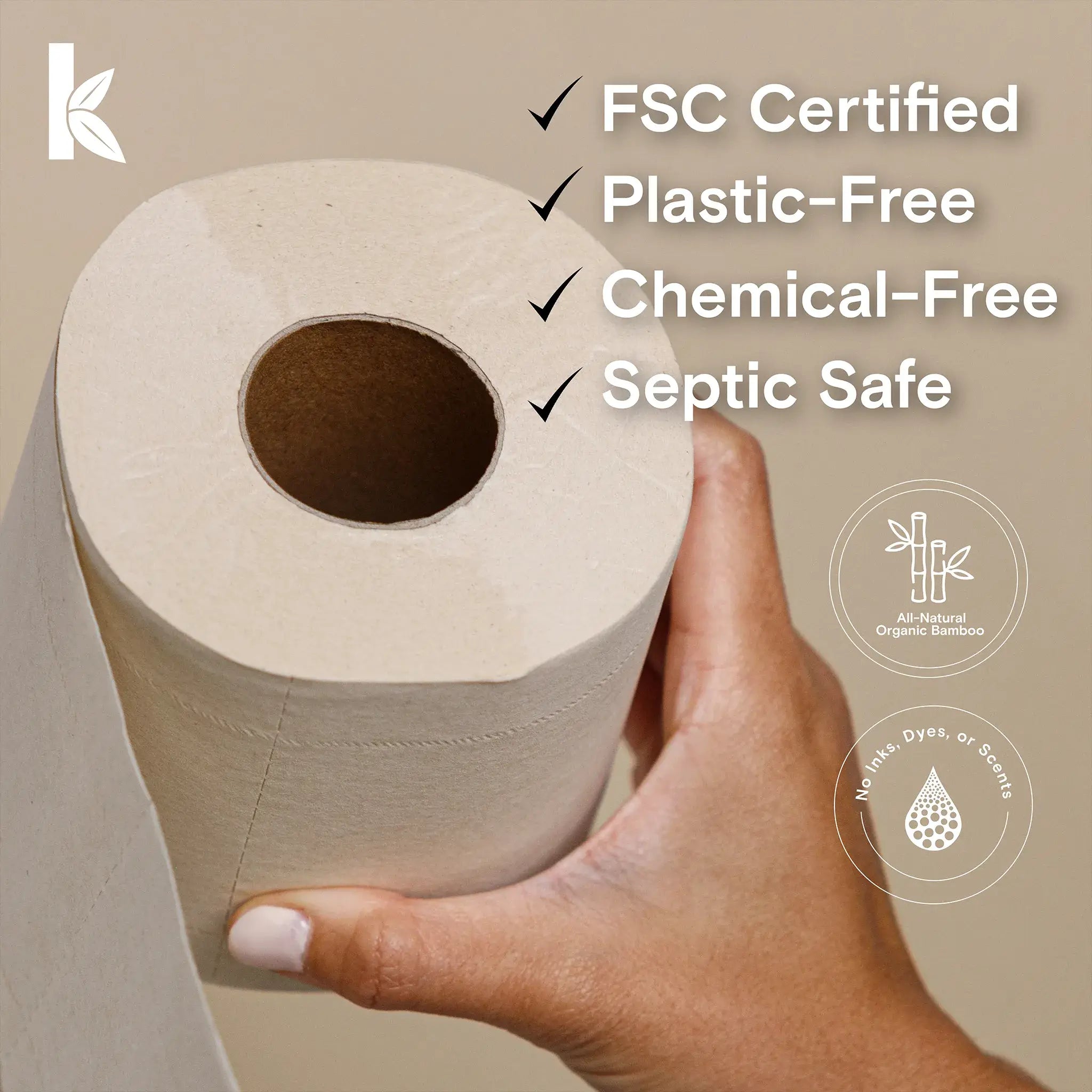

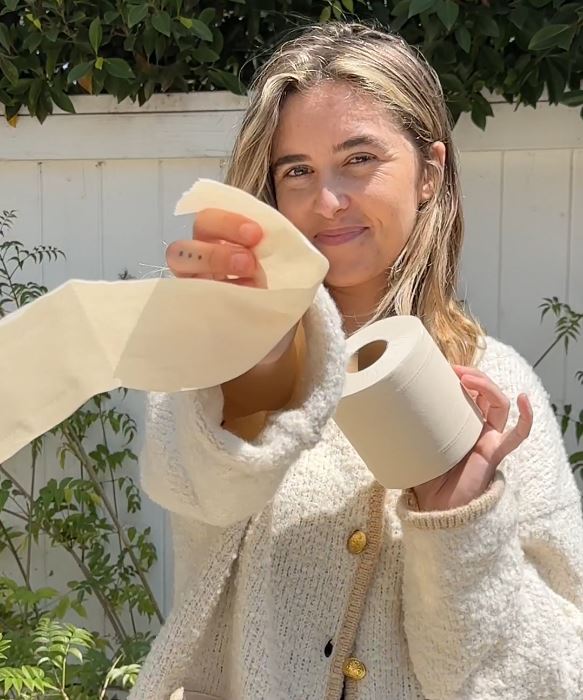
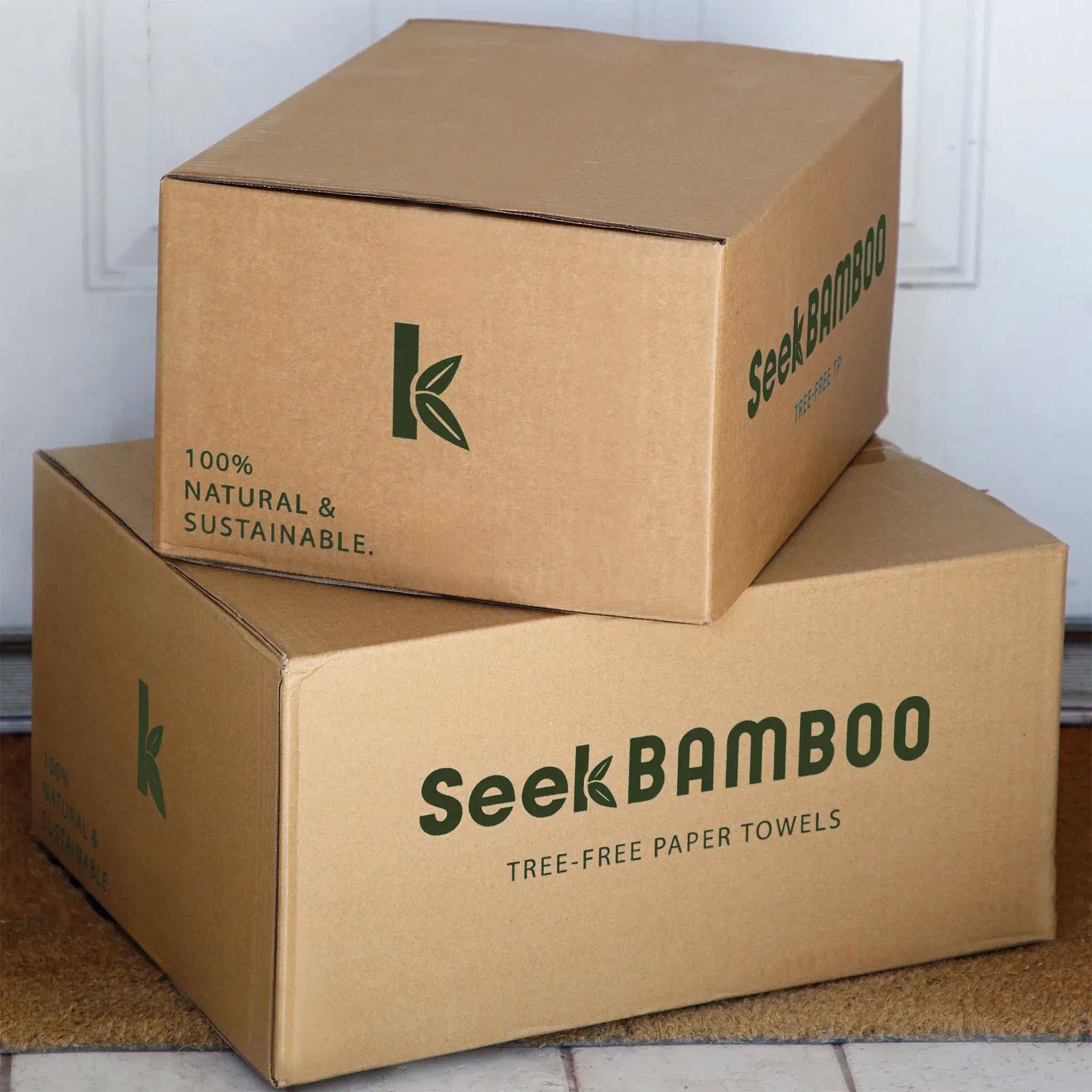
The Invention of Toilet Paper: Who and When
Toilet paper, as a daily necessity in modern households, has a history that spans centuries and continents. Its development is a testament to human ingenuity and the desire for improved hygiene and comfort. From its early beginnings in ancient China to the mass-produced rolls we know today, toilet paper has undergone significant evolution.
Ancient China: The Earliest Use of Toilet Paper
The first recorded use of paper specifically for personal hygiene dates back to ancient China during the Tang Dynasty (618-907 AD). Historical records suggest that the Chinese were pioneers in paper-making, and they were also the first to recognize its potential for personal hygiene.
- Tang Dynasty (618-907 AD): A document from the Tang Dynasty mentions that a scholar named Yan Zhitui used paper for cleaning purposes, marking one of the earliest references to toilet paper. By the 14th century, during the Ming Dynasty, it was reported that toilet paper was being mass-produced for the imperial court, with one report mentioning that over 700,000 sheets of toilet paper were manufactured annually for the imperial family.
- Ming Dynasty (1368-1644 AD): During this period, toilet paper was not only produced in large quantities but also specially perfumed for the imperial family. The sheets were quite large, measuring about 2 feet by 3 feet, and were used by the emperor and his court.
19th Century: The Birth of Modern Toilet Paper
While the use of paper for personal hygiene was well-established in China, it wasn’t until the 19th century that toilet paper as we know it began to take shape in the Western world.
- Joseph Gayetty (1857): The first commercially packaged toilet paper in the United States was introduced by Joseph Gayetty in 1857. Gayetty’s "Medicated Paper" was sold in flat sheets and was infused with aloe to help prevent hemorrhoids. Gayetty proudly printed his name on every sheet, and the product was marketed as a medical aid. However, it was not an immediate commercial success, as many people still preferred the more familiar alternatives, such as the pages of catalogs or newspapers.
- The Scott Paper Company (1890): The real turning point in the history of toilet paper came with the Scott Paper Company. In 1890, Clarence and E. Irvin Scott began selling the first rolls of toilet paper, which were sold without a brand name, allowing private-label branding by drugstores and other retailers. This was a pivotal moment, as the roll format made toilet paper more convenient and hygienic compared to the flat sheets previously used.
The Evolution of Toilet Paper in the 20th Century
As toilet paper became more widely accepted, several innovations and developments in the 20th century further refined the product, making it the essential household item we use today.
- Perforated Rolls (1871): Seth Wheeler, an inventor from Albany, New York, patented perforated toilet paper on a roll in 1871. This innovation made it easier to tear off individual sheets, adding convenience and hygiene to the product.
- Introduction of Soft, Multi-Ply Paper: In the early 20th century, toilet paper manufacturers began to focus on improving the comfort and softness of toilet paper. The introduction of multi-ply sheets made the paper softer and more absorbent, greatly enhancing the user experience.
- Marketing and Branding: As toilet paper became a household staple, manufacturers invested heavily in branding and marketing. Companies like Charmin and Cottonelle began to advertise the softness, strength, and luxury of their products, making toilet paper a symbol of modern comfort and cleanliness.
The Global Spread and Adoption
As the Western world embraced toilet paper, its use spread globally. By the mid-20th century, toilet paper had become a standard in most developed countries, though some regions continued to use water or other traditional methods for personal hygiene.
- Post-World War II Expansion: After World War II, the global economy expanded, and with it, the spread of Western hygiene products, including toilet paper. As manufacturing processes improved and economies grew, toilet paper became more affordable and accessible to a broader population.
- Cultural Adoption: While toilet paper became widely used in many countries, some cultures continued to prefer water-based cleaning methods. However, even in these regions, the use of toilet paper has increased due to globalization and changing consumer habits.
Today, toilet paper is an indispensable part of daily life for billions of people worldwide. From its humble beginnings in ancient China to its evolution into a modern convenience, toilet paper has come a long way. The continuous innovations in manufacturing and materials have ensured that toilet paper remains a product that meets the needs of modern consumers, balancing comfort, convenience, and hygiene.
As we reflect on the history of toilet paper, it’s also worth considering the future—one that includes more sustainable options like bamboo toilet paper, which not only provides the same comfort and effectiveness but also aligns with our growing environmental consciousness.
The Evolution of Toilet Paper
Toilet paper, a product that seems so simple and essential today, has undergone significant evolution over the centuries. From its rudimentary beginnings to the soft, perforated, and multi-ply rolls we now take for granted, the journey of toilet paper is a fascinating story of innovation, convenience, and improved comfort.
From Flat Sheets to Rolled Paper
The earliest commercial toilet paper, introduced by Joseph Gayetty in 1857, came in flat sheets rather than rolls. Gayetty’s "Medicated Paper" was sold in packs and was infused with aloe for added comfort, particularly for those suffering from hemorrhoids. Despite being a significant step forward in personal hygiene, the flat-sheet format was not as convenient as it could have been.
- The Scott Paper Company (1890): The next major development came when the Scott Paper Company introduced toilet paper in roll form in 1890. This innovation made toilet paper more practical and user-friendly, as it allowed for continuous use without the need for multiple sheets. The roll format quickly gained popularity, paving the way for further innovations.
Perforated Rolls: A Breakthrough in Convenience
One of the most important advancements in the history of toilet paper was the introduction of perforated rolls. This simple yet ingenious innovation made it much easier for users to tear off individual sheets, adding a new level of convenience.
- Seth Wheeler’s Patent (1871): Seth Wheeler, an inventor from Albany, New York, patented perforated toilet paper on a roll in 1871. Wheeler’s design featured a roll of paper with evenly spaced perforations, allowing for easy tearing. This breakthrough not only improved the user experience but also set the standard for how toilet paper would be manufactured and used in the future.
- Widespread Adoption: Perforated rolls became the industry norm, and by the early 20th century, most toilet paper manufacturers had adopted this design. The perforated roll made toilet paper more accessible and hygienic, as it reduced waste and ensured that users only took what they needed.
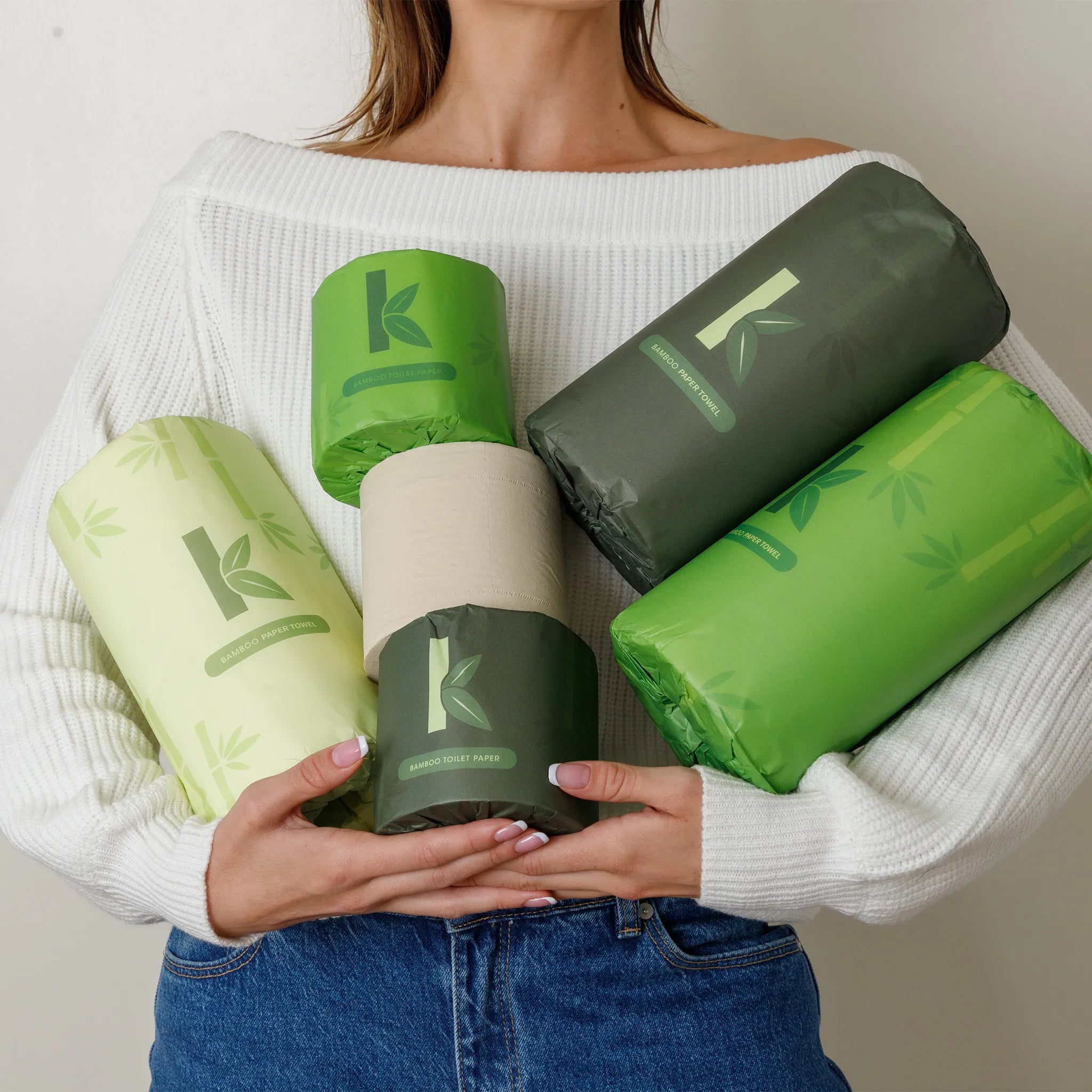
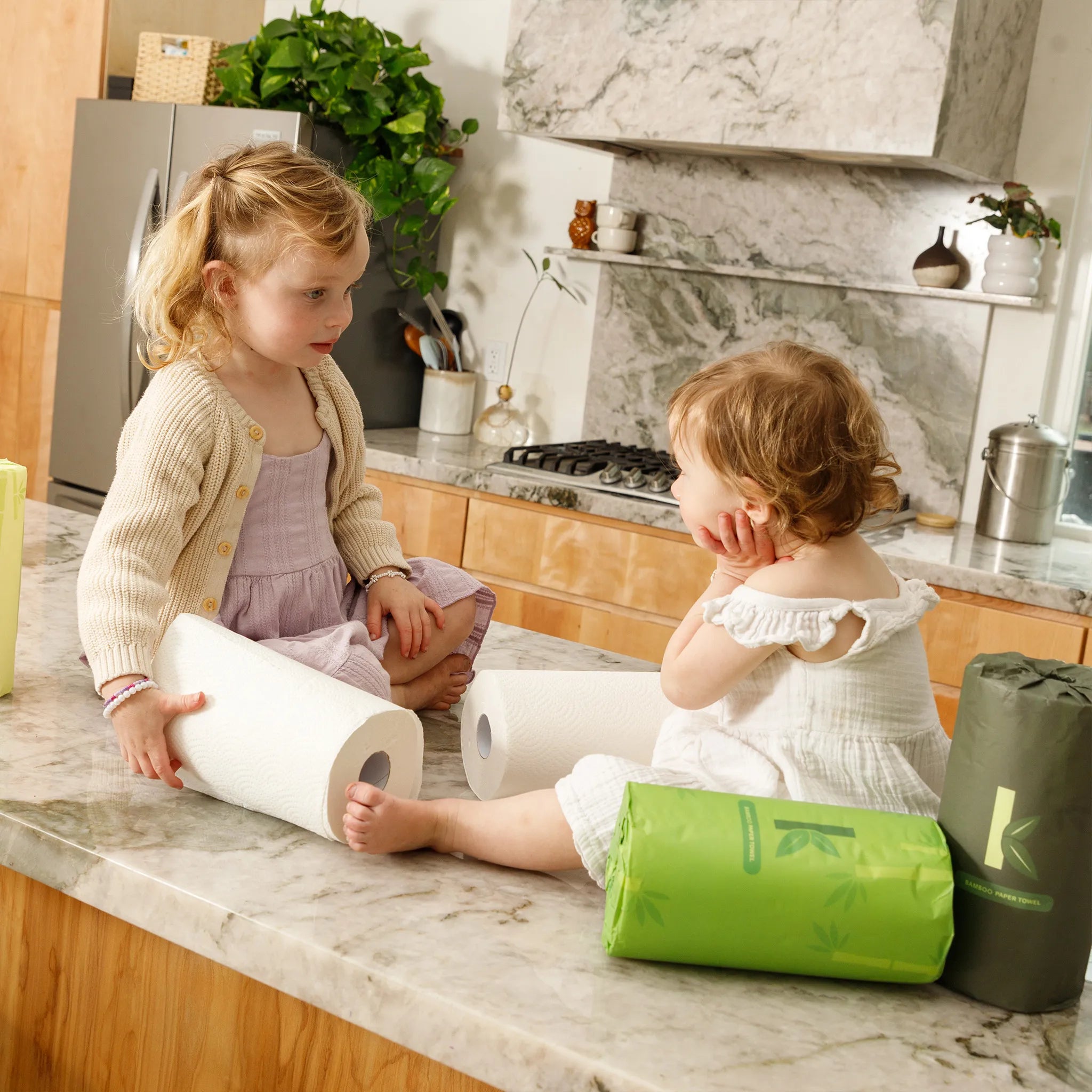

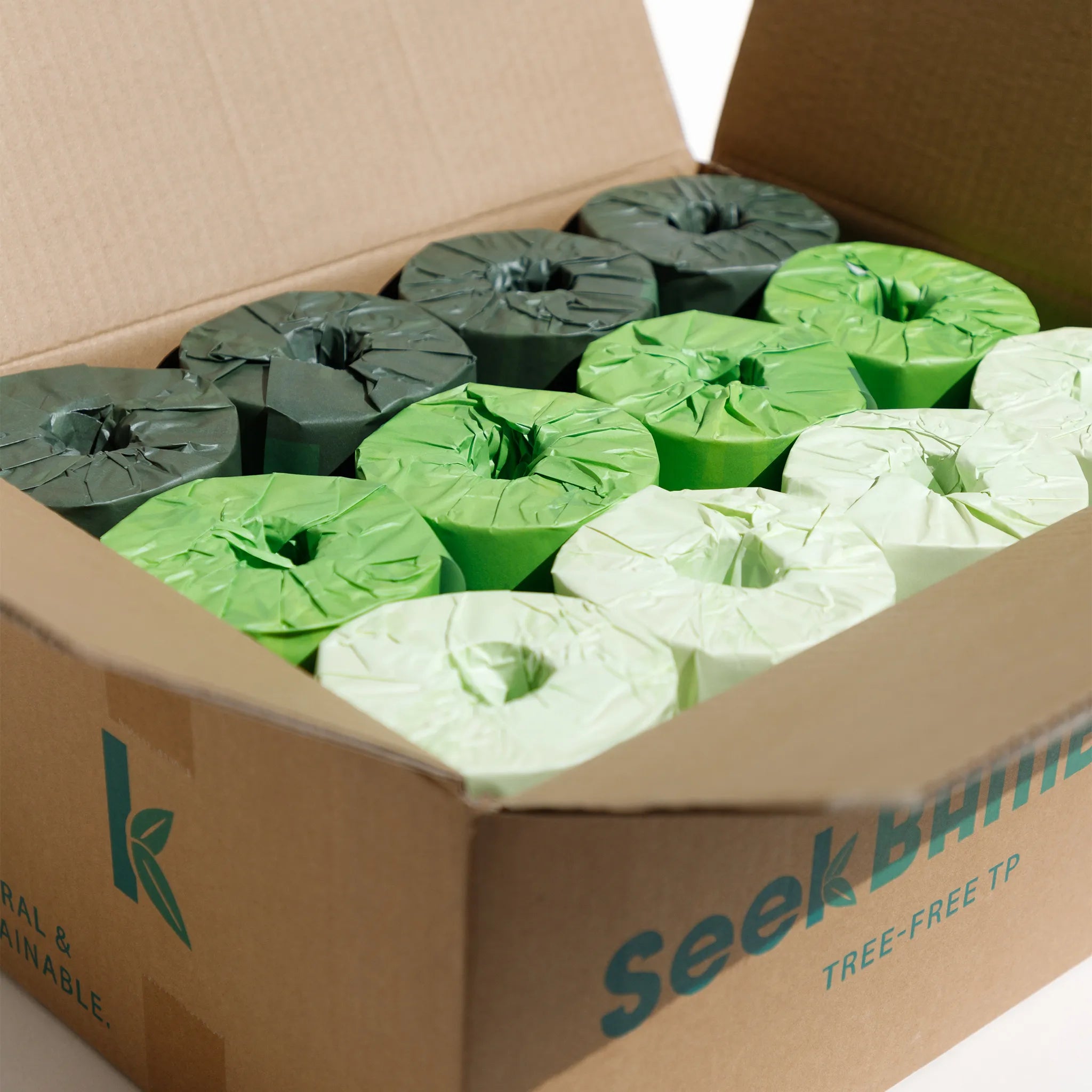


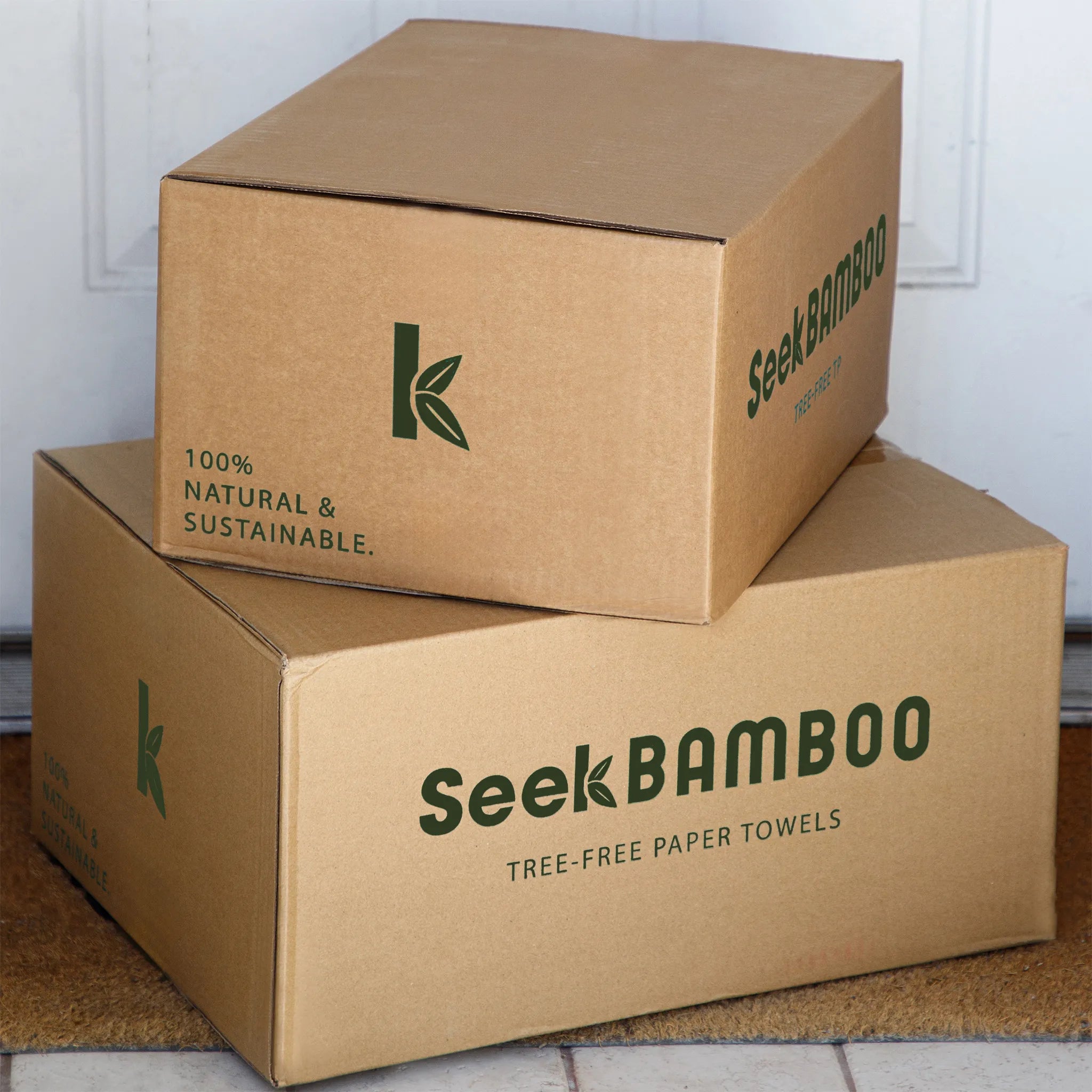
The Introduction of Multi-Ply Toilet Paper
As toilet paper became a household staple, manufacturers began focusing on improving its softness, strength, and absorbency. One of the most significant developments in this regard was the introduction of multi-ply toilet paper.
- Single-Ply vs. Multi-Ply: Initially, most toilet paper was single-ply, meaning it consisted of a single layer of paper. While functional, single-ply paper could be rough and prone to tearing. To address these issues, manufacturers introduced multi-ply toilet paper, which featured two or more layers of paper bonded together. This design provided greater strength and softness, making it more comfortable and effective.
- Comfort and Luxury: The introduction of multi-ply toilet paper transformed it from a basic necessity into a product associated with comfort and luxury. Brands like Charmin and Cottonelle began to market their multi-ply products as premium options, emphasizing the softness and durability of their toilet paper.
- Innovation in Materials: Over time, manufacturers experimented with different materials and techniques to improve the quality of toilet paper. This included using softer fibers, adding textures, and even incorporating lotions or fragrances to enhance the user experience
Modern Developments and Sustainability
In recent decades, the focus on sustainability has led to further innovations in toilet paper. As concerns about deforestation and environmental impact have grown, manufacturers have sought ways to produce toilet paper that is both effective and eco-friendly.
- Recycled Toilet Paper: One of the first major steps towards sustainability was the introduction of recycled toilet paper. Made from post-consumer waste paper, recycled toilet paper offered an environmentally friendly alternative to traditional paper products. While early versions were often rougher and less absorbent, advancements in processing have improved the quality, making it a viable option for many consumers.
- Bamboo Toilet Paper: More recently, bamboo toilet paper has emerged as a popular eco-friendly alternative. Bamboo is a rapidly renewable resource that grows quickly and requires less water and fewer pesticides than traditional wood pulp. Bamboo toilet paper offers the same softness and strength as conventional paper but with a significantly lower environmental footprint.
- Innovative Packaging: Alongside the development of sustainable toilet paper, there has also been a push towards reducing packaging waste. Some companies have introduced plastic-free packaging, using recyclable or compostable materials to further minimize the environmental impact.
From its humble beginnings as flat sheets to the luxurious, multi-ply rolls we know today, toilet paper has come a long way. Each innovation—from perforated rolls to eco-friendly materials—has made toilet paper more convenient, comfortable, and sustainable. As consumer awareness of environmental issues continues to grow, the evolution of toilet paper is likely to continue, with future developments focusing on even greater sustainability and efficiency. Whether you’re using traditional paper or a modern bamboo alternative, toilet paper remains a testament to the power of innovation in meeting basic human needs.
The Journey of Toilet Paper—From Ancient Practices to Modern Innovation
Toilet paper, a simple yet essential product in our daily lives, has a fascinating history that reflects humanity’s ongoing quest for hygiene, comfort, and innovation. From the early use of leaves, moss, and cloth in ancient cultures to the invention of rolled and perforated paper in the 19th century, the evolution of toilet paper is a testament to our ability to adapt and improve upon even the most basic of necessities.
The development of modern toilet paper has brought us unparalleled convenience and comfort, transforming it from a luxury item into a household staple. Innovations like multi-ply paper, perforated rolls, and the introduction of soft, absorbent materials have made toilet paper not only more effective but also more enjoyable to use.
However, as our understanding of environmental impact has grown, so too has our approach to manufacturing and consuming toilet paper. The rise of sustainable alternatives, such as bamboo toilet paper, marks a new chapter in the evolution of this everyday product. Bamboo toilet paper offers the same softness and strength as traditional options, but with the added benefit of being environmentally friendly—reflecting our growing commitment to sustainability.
As we look back on the history of toilet paper, it’s clear that innovation will continue to shape its future. Whether through further advancements in eco-friendly materials or new approaches to reducing waste, the journey of toilet paper is far from over. By choosing products that align with our values, like bamboo toilet paper, we can contribute to a future where comfort, convenience, and environmental responsibility go hand in hand.
Toilet Paper Invented When?
FAQ about when toilet paper was invented
When Was Toilet Paper First Invented?
Toilet paper, as we know it today, has its origins in ancient China. The first recorded use of paper for personal hygiene dates back to the Tang Dynasty (618-907 AD). However, modern toilet paper was not commercially available until 1857, when Joseph Gayetty introduced "Medicated Paper" in the United States. The Scott Paper Company later popularized the rolled toilet paper format in 1890.
Who Invented the First Modern Toilet Paper Roll?
The first modern toilet paper roll was introduced by the Scott Paper Company in 1890. While Joseph Gayetty is credited with the invention of the first commercially available toilet paper in 1857, it was the Scott brothers, Clarence and E. Irvin Scott, who made toilet paper widely accessible by selling it in roll form, which quickly became the standard.
What Did People Use Before Toilet Paper Was Invented?
Before the invention of toilet paper, people used a variety of natural and reusable materials for personal hygiene. These included leaves, moss, rags, stones, and even seashells. The materials used varied greatly depending on the region and available resources. For example, in ancient Rome, sponges attached to sticks were used, while in rural America, corn cobs were a common choice.
Why Was Perforated Toilet Paper a Significant Innovation?
Perforated toilet paper, patented by Seth Wheeler in 1871, was a significant innovation because it made toilet paper much more convenient to use. The perforations allowed for easy tearing of individual sheets, reducing waste and making the product more user-friendly. This design quickly became the industry standard and remains in use today.
What Is Multi-Ply Toilet Paper and Why Was It Developed?
Multi-ply toilet paper consists of two or more layers of paper bonded together, providing greater strength, softness, and absorbency compared to single-ply paper. It was developed to enhance the user experience by offering a more comfortable and effective product. Multi-ply toilet paper is now the preferred choice for many consumers due to its superior quality.
How Has Toilet Paper Evolved in Terms of Sustainability?
In recent decades, there has been a growing focus on making toilet paper more sustainable. This has led to the development of recycled toilet paper and bamboo toilet paper, both of which have a lower environmental impact. Recycled toilet paper is made from post-consumer waste, while bamboo toilet paper is produced from fast-growing bamboo, which requires fewer resources and is more environmentally friendly.
What Makes Bamboo Toilet Paper More Eco-Friendly?
Bamboo toilet paper is considered more eco-friendly because bamboo is a rapidly renewable resource that grows much faster than traditional trees. Bamboo requires less water, fewer pesticides, and can be harvested without damaging the plant, making it a sustainable alternative. Additionally, bamboo toilet paper is biodegradable and compostable, further reducing its environmental impact.
Why Did Toilet Paper Become Popular in the Western World?
Toilet paper became popular in the Western world primarily due to the convenience and hygiene it offered. The introduction of rolled toilet paper by the Scott Paper Company in 1890 made it accessible to the masses, and innovations such as perforated sheets and multi-ply rolls further enhanced its appeal. Over time, toilet paper became an essential household item, synonymous with modern hygiene.
Is There a Difference in Quality Between Traditional and Bamboo Toilet Paper?
Yes, there can be differences in quality between traditional and bamboo toilet paper, but these differences are often positive. Bamboo toilet paper is known for being strong yet soft, with excellent absorbency. Some users find bamboo toilet paper to be even more comfortable and durable than traditional paper. The eco-friendly nature of bamboo also adds to its appeal as a high-quality alternative.
What Does the Future of Toilet Paper Look Like?
The future of toilet paper is likely to focus on sustainability and innovation. As environmental awareness grows, more consumers are seeking eco-friendly options like bamboo and recycled toilet paper. Additionally, advances in manufacturing may lead to even more efficient use of resources, reduced packaging waste, and improved biodegradability. The ongoing evolution of toilet paper reflects a broader commitment to balancing comfort, convenience, and environmental responsibility.


